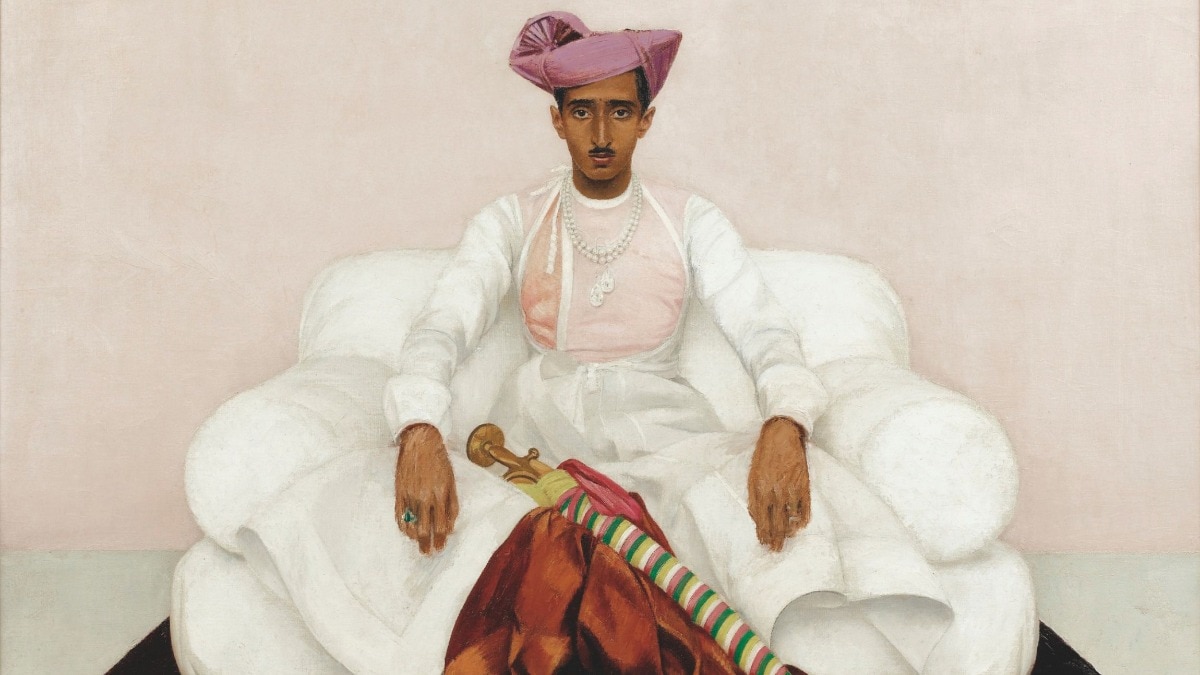
How homegrown fashion labels are making a case for refreshing ideologies
These new crop of brands are looking beyond fleeting trends to challenge the status quo.


In the age of heightened awareness, fashion is under constant scrutiny, with pertinent questions being raised on its intent and impact. It is imperative to look beyond fleeting trends and challenge the status quo. The emerging vanguards of fashion are rising to the occasion with authentic creative expressions, deep rooted ethos, and profound connections. The new crop of homegrown brands are making a case for refreshing ideologies, one stitch at a time. For instance, Delhi-based designer Ashita Singhal’s label Paiwand pays homage to the lost culture of mending clothes through upcycling processes. “When textile waste arrives at our workshop, it undergoes a meticulous transformation journey. First, it’s carefully sorted, washed, and ironed to prepare it for its new purpose. Then, using innovative design techniques, the waste is skilfully cut into strips and joined together, forming the foundation for our unique textiles,” explains Singhal who showcased her winning collection, City Blues, at Lakme- Fashion Week (LFW) in March.

Singhal’s weavers come from Delhi, Pilkhuwa (UttarPradesh), and Panipat (Haryana). “We identify artisans whose skills and expertise align with our design vision. Whether it’s handloom weavers, embroiderers, or patchwork artisans, we seek out individuals who are masters of their craft and share our passion for sustainable fashion. We engage in open dialogue and exchange ideas to co-create unique and meaningful textiles,” she adds. At Paiwand, the collaborative process with artisans not only results in beautifully crafted textiles, but also strengthens communities, preserves cultural heritage, and promotes sustainable livelihoods.
AT THE HEART OF IT
For Amit Hansraj, the brand Inca (short for ‘incarnation’) was conceived in Delhi during the pandemic, and reflects the idea that “we are made of different moods and emotions”. “I find it interesting how life curates things for you without any deliberate action. The so-called exotic doesn’t excite me because it’s designed to impress. I’m more intrigued by things that involve human intervention. My brand reflects this—it’s about comfort and versatility. You can wear my clothes at home and easily transition to a meeting without changing,” shares the stylist-turned-designer.

While Inca is only three-years-old, Hansraj has created a distinct design vocabulary and made his debut this year at the LFW. He challenges the traditional ideas of garment construction with his free-flowing silhouettes and elements of drapery that transcend gender and size. “I’m not a trained designer, so my skills in pattern making are limited. My naivety and ignorance make my clothes unique. The clothes take the shape of the wearer’s body. Most pieces in my collections fit across sizes. Inclusivity wasn’t a conscious decision, but rather a natural outcome of my design process. Similarly, if I made size-specific clothes, imagine the amount of pieces I would have to produce. By creating capsule collections and avoiding pattern making, I achieve better sell-throughs and significantly reduce wastage. It’s an integral part of my approach to sustainability,”
explains Hansraj.
FROM THE DEPTHS OF IMAGINATION
Ankur Verma’s love and admiration for his grandmother profoundly influenced the birth of his Delhi-based brand, Til. “She had an endearing belief in the significance of bodily marks like til (a mole), particularly those on the hand, which she associated with prosperity—a notion that held a special place in her heart,” he recalls. Founded in 2022, Til represents Verma’s interpretation of a surreal reality, where dreams and inspirations meld into tangible forms. “Inspired by the play of lines in our body textures—freckles, moles, wrinkles—I translate these elements into artworks, incorporating them into prints and embroideries that capture the essence of personal stories and experiences. Each piece from Til reflects this fusion of personal narrative with artistic vision, inviting others to connect with the depth and beauty inherent in the textures of life itself,” he elaborates.

The seamless fusion of uncompromising quality with unwavering authenticity sits at the heart of Til’s vision. “We strive to offer affordable luxury, making it accessible for everyone to indulge in the exceptional experience of wearing our creations. Our approach to the fashion industry is not about revolutionising it, but rather elevating it with our unique perspective. Sustainability is integral to our ethos; we repurpose waste materials through innovative techniques like patchwork and craft accessories, breathing new life into every piece,” Verma adds.
THE ART OF STORYTELLING
At ituvana, founder Lylah Shaw is inspired by her natural surroundings, and imbibes Balinese and Indian traditions into her designs. “‘Itu’ means ‘the’ in Indonesian, ‘vana’ means ‘forest’ in Hindi, and ‘ultimate bliss’ in Sanskrit, encouraging the discovery of individual style through self expression using the finest natural fabrics,” explains Shaw who splits her time between Bali and Delhi. Free sizing, functionality, and comfort are the three indispensable aspects of her design language. “I like to think of our silhouettes as ‘re-wearable statement pieces’, crafted with artful construction and versatile nature. For example, our signature dhoti pants can be styled in multiple ways and can even be worn as a dress.”

When asked about the concept of innovation in fashion, Shaw adds, “To me, compassion is innovation. It’s about embracing a holistic approach that considers the well-being of individuals, communities, and our planet. Our signature stitch is a time-honoured kantha handwork, rooted in ancient times. We adapt these techniques to create contemporary clothing, blending the old with the new. We also recently transformed luxurious heirloom pashmina shawls into everyday wear. Our label is designed to be trans-seasonal with silhouettes and fabrics that work all year round. For day wear, we choose organic cotton or linen, and for evening wear, we choose silk.” For Shaw, fashion is more than just clothes. Her favourite part comes after designing—shooting the brand campaigns where she collaborates with the most talented creatives in the country. “Each ‘scene’ or campaign tells a story, encouraging evolution and conscious living. Through films, we inspire change and promote conscious living, sharing stories that resonate with our values,” she tells Bazaar India.
Lead image credit: Inca
Lead Image feature: 'Models in Love' is a verb collection by Inca
Also read: 6 home-grown labels you should consider for building a year-round capsule wardrobe
Also read: These homegrown labels are at the forefront of circular and ethical fashion










